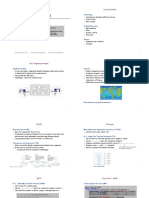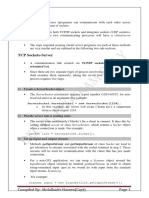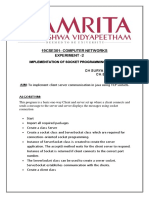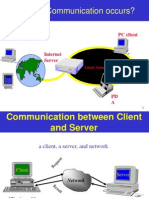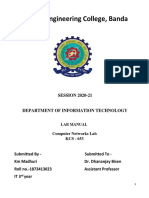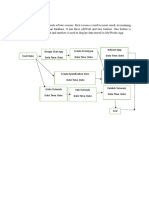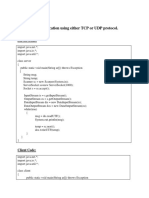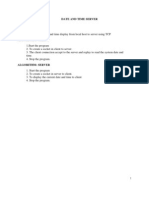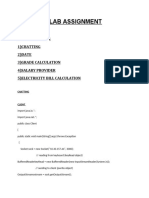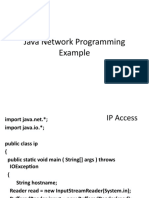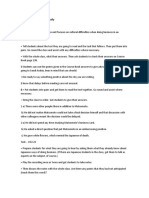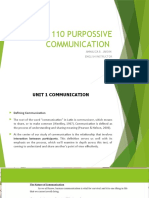0% found this document useful (0 votes)
13 views16 pagesSoftware Design Document
The Software Design Document outlines the development of the 'College Companion' application, which aims to provide a comprehensive platform for students with features like chat, notes, and event management. It details the system architecture, design decisions, and includes pseudocode for key functionalities such as user authentication and messaging. The document serves as a guideline for the structure and content of the software design specification, ensuring clarity and coherence in the development process.
Uploaded by
cypherphageCopyright
© © All Rights Reserved
We take content rights seriously. If you suspect this is your content, claim it here.
Available Formats
Download as DOCX, PDF, TXT or read online on Scribd
0% found this document useful (0 votes)
13 views16 pagesSoftware Design Document
The Software Design Document outlines the development of the 'College Companion' application, which aims to provide a comprehensive platform for students with features like chat, notes, and event management. It details the system architecture, design decisions, and includes pseudocode for key functionalities such as user authentication and messaging. The document serves as a guideline for the structure and content of the software design specification, ensuring clarity and coherence in the development process.
Uploaded by
cypherphageCopyright
© © All Rights Reserved
We take content rights seriously. If you suspect this is your content, claim it here.
Available Formats
Download as DOCX, PDF, TXT or read online on Scribd
/ 16






